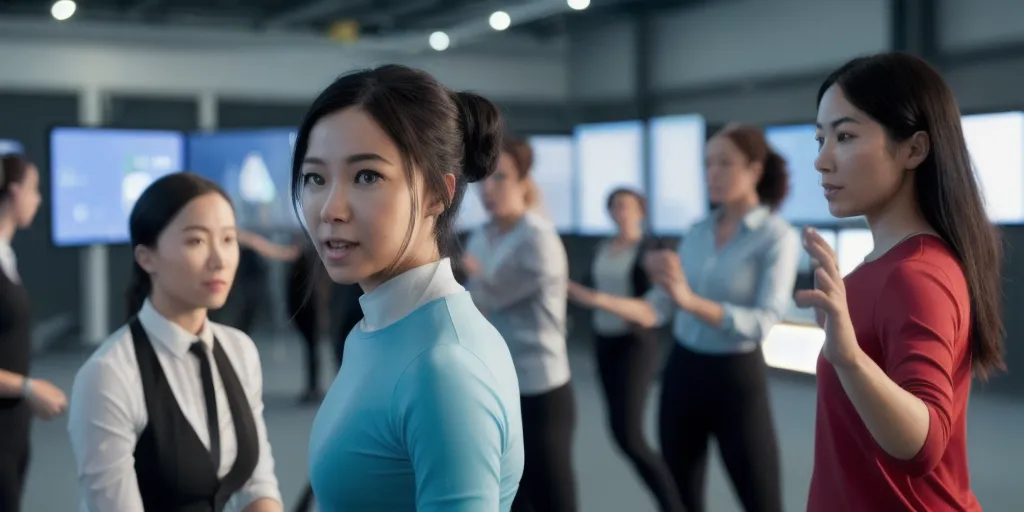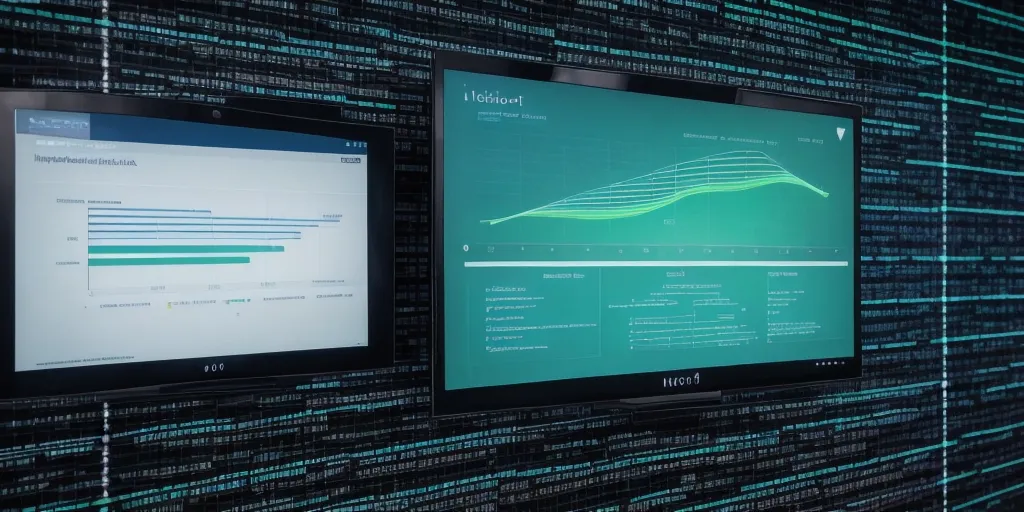Detecting AI-generated videos can be a challenging task, but there are several key indicators to look out for. One of the most common signs is the presence of unnatural movements or distortions in the video, such as glitchy or pixelated visuals.
AI-generated videos may also exhibit inconsistencies in lighting, shadows, or reflections that are not typically seen in real-life footage. Another telltale sign is the lack of fine details or imperfections that are usually present in human-made videos. Additionally, AI-generated videos may feature unusual or unrealistic scenarios that defy the laws of physics or common sense.
To further confirm whether a video is AI-generated, one can analyze the metadata or source code of the file to see if it was created using AI algorithms or deep learning techniques.
By paying attention to these visual cues and technical details, one can better identify and differentiate between AI-generated videos and authentic content.
What are common signs of ai-generated videos?

Common signs of AI-generated videos include unnatural movements or gestures, such as jerky or robotic motions that do not appear fluid or realistic. Another key indicator is the lack of facial expressions or emotions that seem off or out of sync with the content being presented.
Additionally, AI-generated videos may exhibit inconsistencies in lighting, shadows, or reflections that are not consistent with the environment in which the video is set. Another telltale sign is the presence of glitches or distortions in the video, such as pixelation or blurriness, which can indicate that the video has been digitally altered.
Furthermore, AI-generated videos may lack the subtle imperfections or nuances that are typically present in human-generated content, making them appear too perfect or polished.
Overall, being aware of these common signs can help viewers identify AI-generated videos and distinguish them from authentic, human-created content.
How can unnatural movements help detect ai-generated videos?

Unnatural movements can help detect AI-generated videos by revealing inconsistencies in the visual content that may not be perceivable to the human eye. AI-generated videos often rely on algorithms to create realistic animations, but these algorithms may struggle to accurately replicate natural movements.
As a result, AI-generated videos may exhibit jerky or unnatural movements that can be a telltale sign of their artificial origin. By analyzing the fluidity and coherence of movements within a video, experts can identify discrepancies that suggest the presence of AI manipulation.
Additionally, unnatural movements can also manifest in the interactions between objects and characters within a video, further exposing the artificial nature of the content. By scrutinizing these subtle cues, researchers can develop techniques and tools to detect AI-generated videos and distinguish them from authentic visual content.
Ultimately, the study of unnatural movements plays a crucial role in the ongoing efforts to combat the spread of misinformation and deepfake videos in the digital landscape.
What role do inconsistencies in lighting play in identifying ai-generated videos?

Inconsistencies in lighting play a crucial role in identifying AI-generated videos by revealing discrepancies in the visual quality and realism of the content. AI-generated videos often struggle to accurately replicate the nuances of natural lighting, resulting in inconsistencies that can be detected by trained professionals or advanced algorithms.
These inconsistencies may manifest as unnatural shadows, reflections, or color gradients that deviate from the expected behavior of real-world lighting conditions. By analyzing these discrepancies, experts can pinpoint the artificial nature of the video and distinguish it from authentic footage.
Additionally, variations in lighting can impact the overall believability of the content, as viewers are more likely to notice discrepancies in visual quality when lighting is inconsistent throughout the video.
Therefore, inconsistencies in lighting serve as a telltale sign of AI-generated videos and play a significant role in the detection and verification of synthetic content. By understanding the impact of lighting on video authenticity, researchers and analysts can develop more effective methods for identifying and combating the spread of deepfake technology.
Why is analyzing metadata important in detecting ai-generated videos?

Analyzing metadata is crucial in detecting AI-generated videos due to the unique digital footprints left behind by artificial intelligence algorithms. Metadata provides valuable information about the creation and manipulation of a video, such as the software used, timestamps, and editing history.
By examining this data, analysts can uncover inconsistencies or anomalies that are indicative of AI involvement. For example, AI-generated videos may exhibit patterns of uniformity or precision that are unlikely to occur in human-made content.
Additionally, metadata can reveal hidden clues or traces of manipulation that may not be immediately apparent to the naked eye. By scrutinizing metadata, experts can identify telltale signs of AI manipulation and take appropriate measures to verify the authenticity of a video.
In a world where deepfake technology is becoming increasingly sophisticated, analyzing metadata is a critical tool in the fight against misinformation and deception. By leveraging metadata analysis techniques, researchers and investigators can better protect against the spread of AI-generated videos and preserve the integrity of visual media.